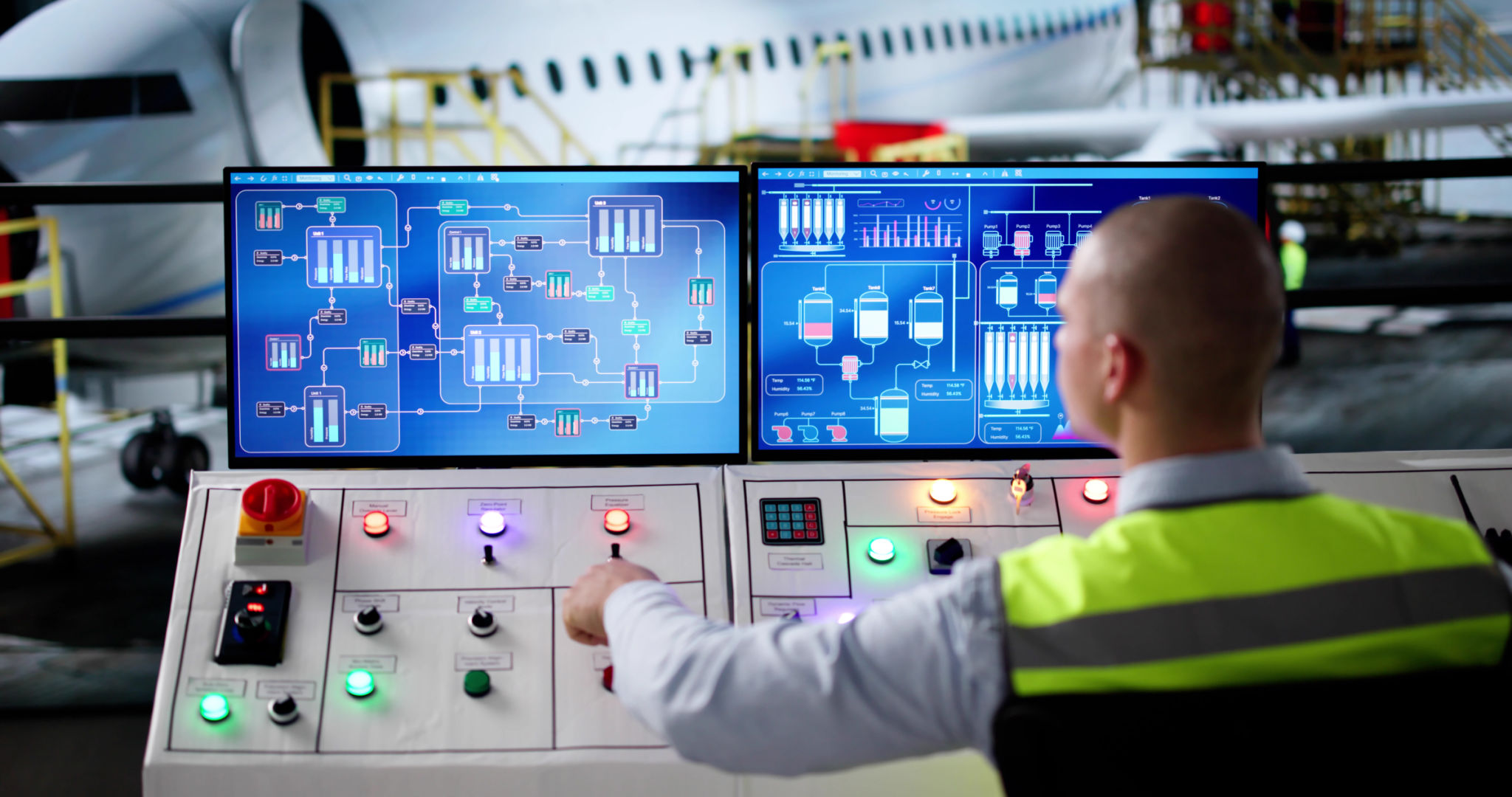How-to: Implement Cutting-Edge Aviation Technology in Your Fleet
Understanding the Importance of Aviation Technology
The aviation industry is rapidly evolving, with technology playing a crucial role in enhancing safety, efficiency, and passenger experience. For fleet managers, implementing cutting-edge aviation technology is no longer optional; it is essential for maintaining competitiveness in a dynamic market. Embracing the latest advancements can lead to significant operational improvements and cost savings.

Assess Your Fleet's Current Technology
Before integrating new technologies, it's vital to assess your fleet's current capabilities. This evaluation will help identify the areas that require upgrades and improvements. Conduct a thorough audit of your existing systems, focusing on areas such as navigation, communication, and maintenance processes. Understanding your starting point will guide you in setting realistic goals for technology integration.
Identify Key Technologies for Integration
With numerous technological advancements available, selecting the right ones for your fleet can be challenging. Focus on technologies that align with your strategic goals. Consider implementing:
- Advanced Avionics Systems: Enhance navigation and communication capabilities to improve safety and operational efficiency.
- Predictive Maintenance Tools: Utilize data analytics to anticipate maintenance needs, reducing downtime and costs.
- Eco-efficient Engines: Invest in fuel-efficient engines to reduce emissions and operational costs.

Develop a Comprehensive Implementation Plan
A successful technology integration requires careful planning. Develop a detailed implementation plan that outlines each step of the process, including timelines, budget estimates, and resource allocation. Involve key stakeholders from different departments to ensure a holistic approach to adoption. A well-structured plan will facilitate smooth transitions and minimize operational disruptions.
Train Your Workforce
Introducing new technology necessitates training your workforce to ensure they can effectively utilize new systems. Organize training sessions and workshops for pilots, maintenance personnel, and administrative staff. Providing continuous learning opportunities will help your team stay updated with technological advancements and maximize the benefits of new tools.

Monitor and Evaluate Performance
Once the new technologies are implemented, it is crucial to monitor their performance regularly. Set benchmarks and track key performance indicators (KPIs) to evaluate the effectiveness of the integration. Regular assessments will help identify areas for further improvement and ensure that the technologies are delivering the expected benefits.
Stay Informed About Emerging Trends
The aviation industry is continuously evolving, with new technologies emerging every year. Stay informed about the latest trends by attending industry conferences, subscribing to relevant publications, and networking with peers. Keeping abreast of innovations will enable you to make informed decisions about future technology investments for your fleet.
Implementing cutting-edge aviation technology in your fleet is an ongoing process that requires strategic planning, investment, and commitment. By following these steps, you can ensure that your fleet remains competitive and continues to meet the demands of modern aviation standards.
